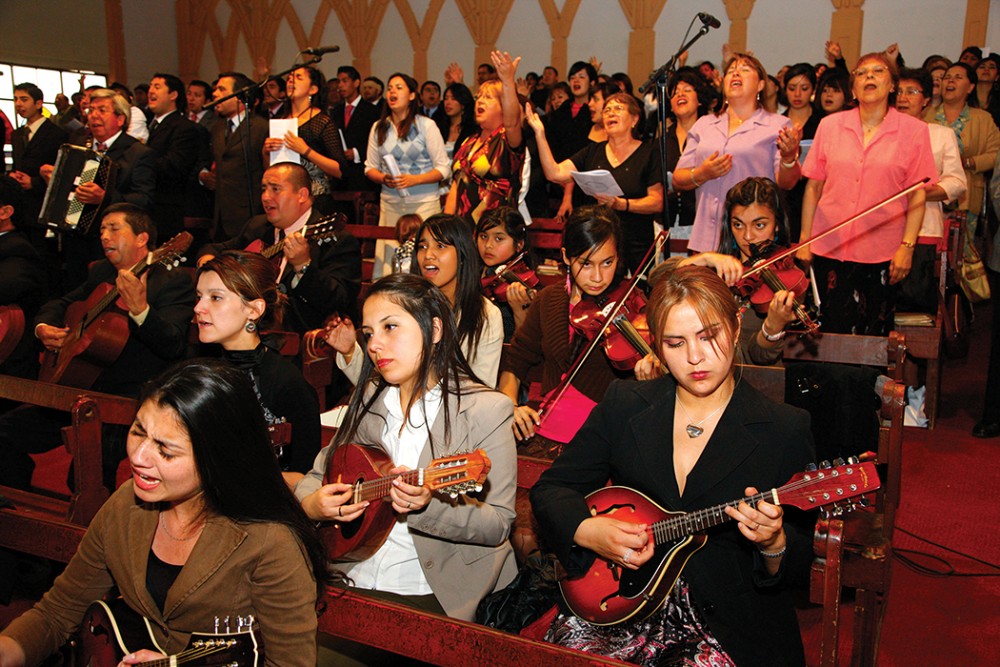Why Chile has Pentecostal bishops
When a revival took root among Methodists, U.S. church authorities demanded that local leaders disavow it. They refused.

When talking to evangelicals in Latin America or Europe, the conversation turns with startling frequency to Chile and specifically to the great revival that began there in the 1970s. Whether through direct influence or as an inspiration, that movement has had a transforming effect far beyond Chile itself. Without knowing that story, we are missing a crucial component of modern global Christianity.
Chile has long been one of the most European parts of Latin America. The country is highly urbanized, with around a third of the national population—some 6 million people—living in Greater Santiago. Today the country is also a high-tech hub. Its long-standing cosmopolitan quality opened the country to foreign religious influences, and the Pentecostal movement had a major impact only a couple of years after the original outbreak in California in the early 20th century.
Surprisingly, the greatest denominational impact of the Pentecostal movement was in the Methodist Episcopal Church. Missionaries and church authorities from the United States were horrified by the chaotic upsurge of spiritual signs among Methodist believers, and they demanded that the local leader, Willis C. Hoover, disavow the movement. He refused, and the resulting schism produced the country’s very influential Pentecostal Methodist Church. It has retained the familiar titles and hierarchy of the U.S. church, so today it has powerful Pentecostal bishops. (These churches also practice infant baptism.) Although little known in the United States, Hoover is still regarded as a pivotal figure in Latin American church history.





